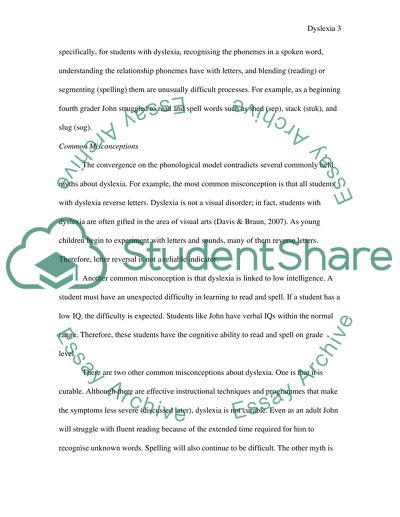Cite this document
(“Intervention plan Research Paper Example | Topics and Well Written Essays - 2000 words”, n.d.)
Retrieved from https://studentshare.org/family-consumer-science/1405360-intervention-plan
Retrieved from https://studentshare.org/family-consumer-science/1405360-intervention-plan
(Intervention Plan Research Paper Example | Topics and Well Written Essays - 2000 Words)
https://studentshare.org/family-consumer-science/1405360-intervention-plan.
https://studentshare.org/family-consumer-science/1405360-intervention-plan.
“Intervention Plan Research Paper Example | Topics and Well Written Essays - 2000 Words”, n.d. https://studentshare.org/family-consumer-science/1405360-intervention-plan.


